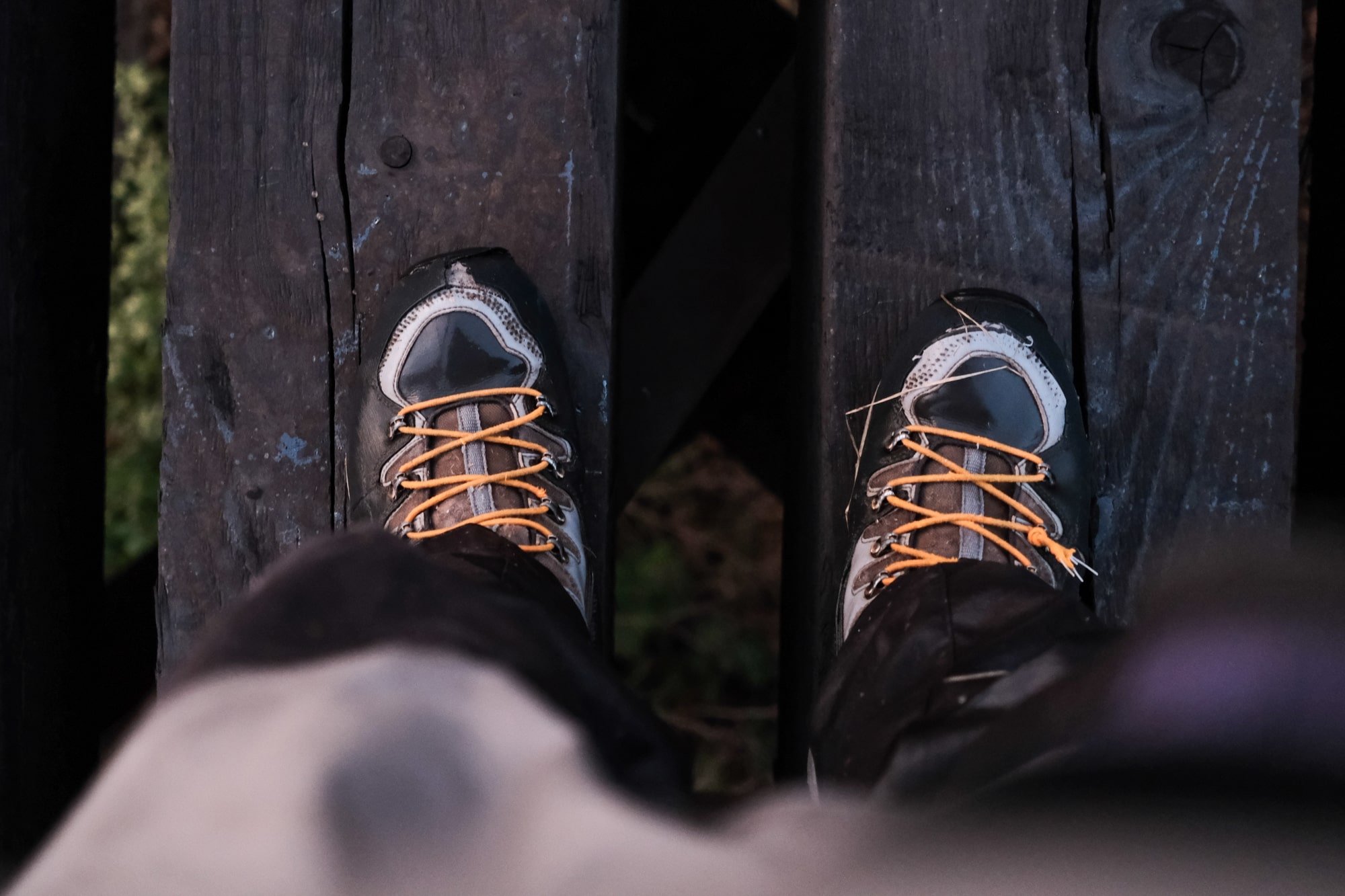
Frequently Asked Questions
-
The Deschutes River Alliance is a science-based conservation group focused on researching the Deschutes River Basin and restoring vital habitat in the lower Deschutes River. Led by a team of experienced scientists, water quality experts, local river guides, business owners, and passionate members of the public, we are dedicated to ensuring the health and well-being of the Deschutes River.
-
Participating in our spring insect hatch survey, attending one of our live events, click to express your concerns to congress, become a sustaining donor.
-
The Selective Water Withdrawal (SWW) Tower is designed to manage water release and flow in the lower Deschutes River. With an investment of $135 million, the SWW Tower aims to restore runs of wild spring Chinook, steelhead, and sockeye above the three-dam complex. However, the SWW has not done its job: salmon and steelhead returns have been anemic. Worse, the operation of the tower degrades water quality in the lower 125 miles of the Deschutes.
-
The SWW Tower has drastically altered the lower Deschutes River. Water quality degradation is evident with increased water temperature, high pH levels exceeding standards set by the Oregon Department of Environmental Quality (DEQ), and nuisance algae covering the riverbed. Stakeholders and recreational users express concerns, prompting efforts for restoration.
-
To improve water quality, we propose to modify SWW Tower operations by drawing cleaner, colder water from Lake Billy Chinook's depths. The PGE and Confederated Tribes of Warms Springs in-depth water quality report suggests operational changes that could reduce pollution-laden surface water while aiding migrating salmon and steelhead juveniles. Our own monitoring demonstrates when more water is released from the bottom of the reservoir water quality improves in the lower Deschutes.
-
Freshwater habitat, ocean conditions, climate change, and impact fish runs regionally. Our lower Deschutes River research confirms deteriorated water quality post-SWW Tower.While some factors are beyond our control, we can improve the lower Deschutes River's water quality, benefiting salmon, steelhead and trout.
-
The SWW Tower's water discharge has caused concerns about changes in redband trout spawning behavior. Redband trout now spawn earlier, in December and fall, due to warmer water released during late fall and early winter. This significant shift may negatively impact their life cycle and long-term population health.
-
Four key changes in aquatic insects have occurred:
Increased abundance of pollution-tolerant worms and snails.
Decreased abundance of pollution-intolerant mayflies and stoneflies, as well as in many common hatches.
Major shifts in the timing of adult insect hatches. These dramatic changes impact food availability for fish as well as bird species along the Deschutes river.
Higher rates of fish infections stem from increased intermediate host species. These alterations are directly linked to declining water quality.
-
The Selective Water Withdrawal Tower at Round Butte Dam is designed to restore salmon and steelhead runs, but results have been disappointing. Returns average just 39-112 adults per Additionally, the habitat and water quality of the native redband trout, unique to Central Oregon, has been significantly altered, raising concerns about the overall ecosystem balance.
-
The SWW Tower has changed the water released into the lower Deschutes River from Lake Billy Chinook, leading to an influx of polluted water from the Crooked River and a reduction of cold, clean water from the Metolius River. This change is detrimental to the river's ecosystem, affecting fish, wildlife, and recreational users. The ecological integrity of the lower Deschutes River is compromised by selectively holding back the colder, cleaner Metolius River water.
-
Time is of the essence as the lower Deschutes River faces altered insect life cycles, increased presence of the salmon-killing parasite Ceratonova shasta, higher instances of parasitic blackspot disease in native desert Redband trout, and the proliferation of unhealthy algae. Restoring the river's water quality is still possible, but prompt action is crucial.
-
The approval of the SWW Tower without considering its full economic as well as ecological impact has caused severe harm to communities like Maupin, as trout fishing and other river recreation in the lower Deschutes have declined. It is crucial to avoid repeating past mistakes and prioritize the economic well-being of rural Oregon, which relies on its natural resources for livelihoods.
-
The lower Deschutes River is a federally designated Wild & Scenic River, cherished by Oregonians for its clean water, wildlife habitat, and recreational opportunities. Its preservation is crucial for both the environmental and economic well-being of Central Oregon. Taking collective action, we can restore the lower Deschutes River to its full health and ensure its long-term protection.
-
A water quality study by PGE and the Confederated Tribes of Warm Springs assessed the SWW Tower's impact and proposed operational changes. Modifying water releases can restore water quality, while trucking salmon and steelhead around dams and Lake Billy Chinook may enhance fish reintroduction success. Collaborative efforts and a new roadmap are crucial for fish preservation and restoration.
How to Support the DRA
Everyone wants clean, healthy water in the Deschutes River. Oregonians cherish our clean and healthy waterways to provide drinking water, wildlife habitat and recreational activities. The lower Deschutes River is a federally designated Wild & Scenic River, and a national treasure. It must be protected for the environmental and economic health of Central Oregon. We believe by working together we can return the lower Deschutes River to full health. The Deschutes River Alliance is a nonprofit, 501(c)(3).


